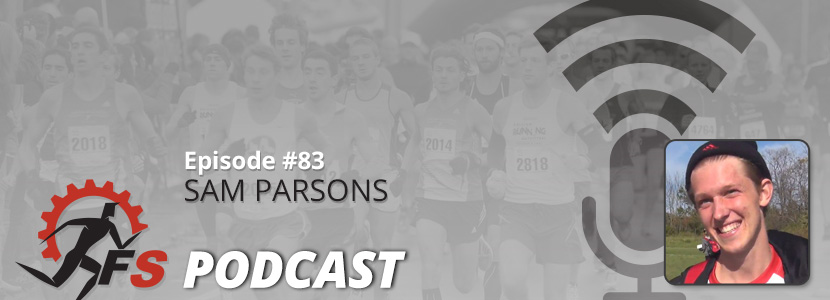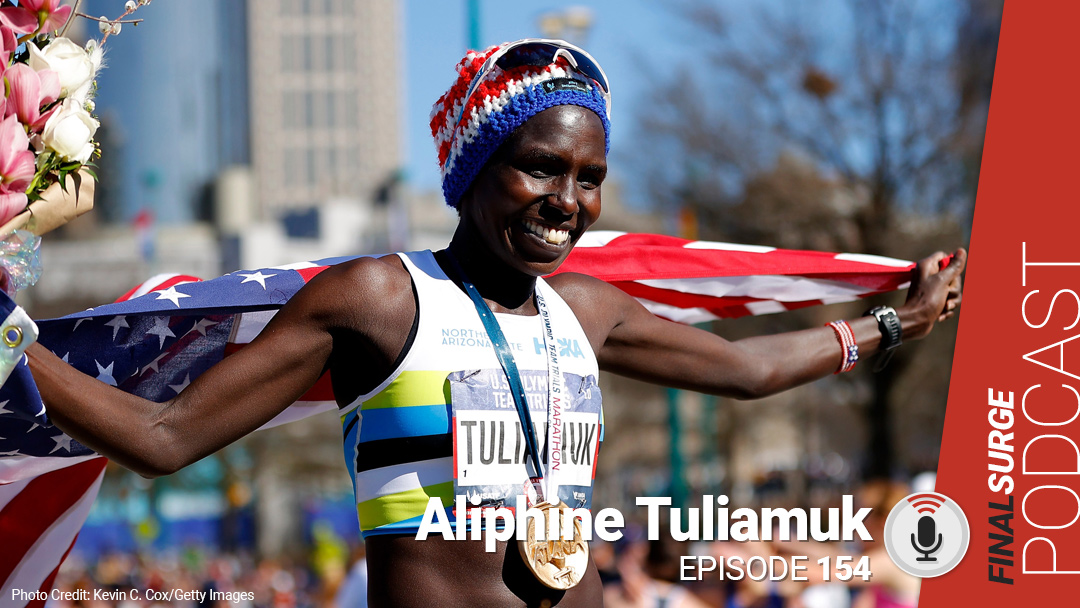Welcome to Episode 48 of the Final Surge Podcast where we welcome Dr. Stephen Seiler. Dr. Seiler has spent his career studying the optimal ways for endurance athletes to train and his polarized training methods are the foundation for Matt Fitzgerald’s 80/20 training book. In this episode, we talk about what exactly are the 80/20 zones, where do tempo and threshold runs play into that formula, and how to work rest into your interval work. Make sure you follow us on Twitter [at]FinalSurge and please take a moment to subscribe to us on iTunes, Google Play, Stitcher or whatever your podcast app of choice is.
Listen to the podcast on iTunes or listen to it on Stitcher if you have an Android device.
Stream it right here:
Your bio could take me 5 minutes to read, but instead of getting into all of it, could you take a minute and introduce yourself to our audience?
We had Matt Fitzgerald on a while back and talked about his 80/20 book. You are referenced many times in that book. And, I’m actually holding a huge packet here in my hand called Seiler’s Hierarchy of Endurance Training Needs. How did you get interested in sports science?
Most of the research I have seen from you is with cyclists and cross country skiers. But what you have learned from your research can also be applied to other endurance athletes like runners and triathletes correct?
Can you explain polarized training?
Is there a better way to define these high intensity, low intensity, and middle grounds?
If we look at Mark Wetmore at the University of Colorado, one of the most respected college coaches in the game today, and Joe Vigil who is one of the most successful college coaches ever, are both very successful in developing athletes who go on to the next level. With all of these coaches, the tempo runs or lactate threshold are a large staple in what they do. Could there be a case made that for athletes still developing their aerobic system, who maybe run 50 miles a week instead of 130 miles a week, that the threshold work could have a big impact on that aerobic development?
If a runner is only running 40 miles a week and not doing 80-120 miles, is it more important for them to maybe do a little more of the high quality, high-end threshold work than someone who is doing 3x their volume?
When someone is in that 80% easy training zone, how easy is that? What would that be in a percent of maximum heart rate?
In that 80%, is there a number you have studied that becomes too low?
On the other end, on the 20%, how long are you trying to get into that area for a workout?
If we are doing those 4×8 minute intervals, what would the recommended rest intervals be?
What would a year of periodization look like under this type of program?
Does the volume that they are doing need to be sports specific, or have you looked at cross training to get the same benefits?
I’ve read your Hierarchy of Endurance Training a few times. There is a pyramid you have put together in that document on how to train. Can you explain it?
Do you coach or are you just studying this topic?
You’ve been talking about this for several years now, what’s new or what ideas have maybe changed since you started?
Do you have anything you are studying that may work on these concepts more?
Has anything interesting come out of studying the micro sessions?
Links to Resources
Hierarchy of Training Needs Document
Team Final Surge






